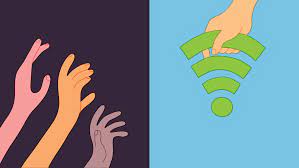What Is the Digital Divide?

The digital divide refers to the unequal distribution of access to computers, the internet, and other essential technology between different groups of people. The digital divide has become increasingly important in recent years, as technology continues to play a significant role in daily life.
The digital divide can manifest itself in a number of different ways. For example, rural communities may have limited access to high-speed internet, while urban areas may have more advanced technology infrastructure. People from low-income backgrounds may not have the financial resources to purchase computers or internet access, while those from higher-income backgrounds may be more likely to have access to the latest technology.
While the digital divide has existed for many years, it has become particularly pronounced in recent years due to the COVID-19 pandemic. With many schools and workplaces shifting to remote learning and working, those without access to computers and high-speed internet have been particularly vulnerable.
There are a number of ways to address the digital divide. For example, governments can invest in expanding internet access to rural areas, or in providing computers and internet access to low-income individuals. Non-profit organizations can also provide assistance to those who lack access to essential technology.
Ultimately, addressing the digital divide is essential for ensuring that everyone has an equal opportunity to participate in our increasingly digital society. While the challenges posed by the digital divide can be daunting, there are a number of promising solutions out there, and with the right investments and actions, it is possible to bridge the gap and create a more equitable and inclusive digital world.






